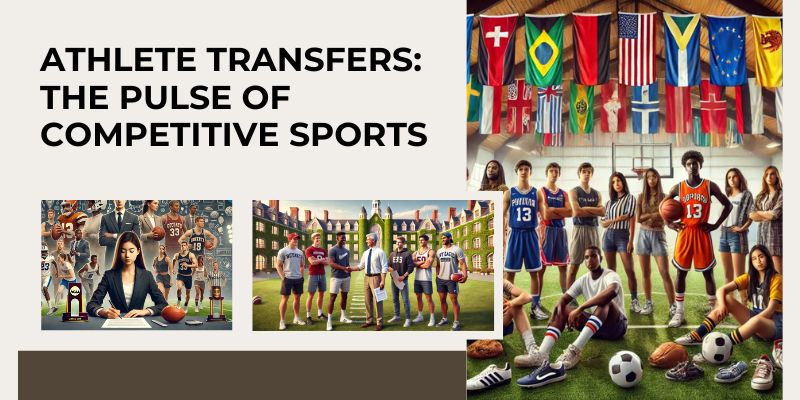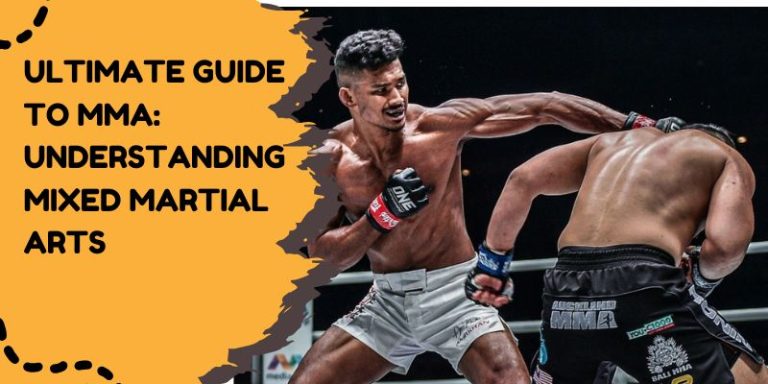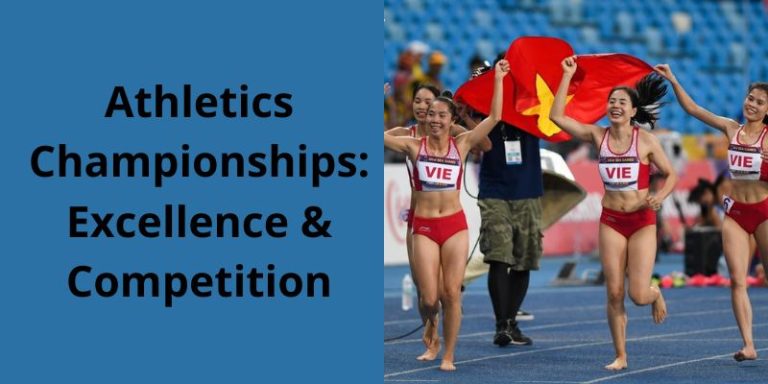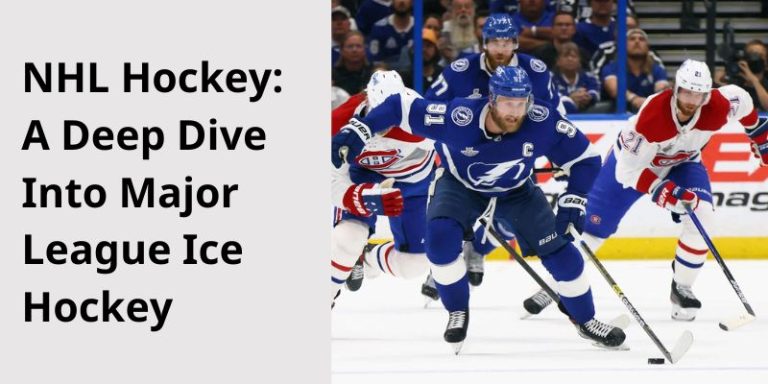Athlete transfers, a dynamic and integral aspect of competitive sports, have a profound impact on teams, athletes, and fans alike. These transfers, whether they occur in football, basketball, fighting sports, or other disciplines, shape the landscape of sports and influence the performance and strategies of teams. In this article, we will explore the intricacies of athlete transfers, their significance, and the various factors that drive these moves.
Athlete transfers are more than just contractual agreements; they represent strategic decisions that can alter the course of a team’s success. Transfers can rejuvenate a team’s lineup, provide new tactical options, and address weaknesses. For athletes, transfers offer opportunities for career growth, exposure to different playing environments, and financial rewards.
Boosting Team Performance
Transfers are often driven by the need to strengthen a team’s performance. A star athlete can elevate the overall quality of a team, bringing skills, experience, and leadership. For example, in football, the acquisition of a prolific striker can significantly enhance a team’s goal-scoring capabilities. Similarly, in fighting sports, signing a top-tier fighter can boost a promotion’s reputation and attract more fans.
Financial Impact
The financial aspect of athlete transfers cannot be overlooked. High-profile transfers involve substantial transfer fees, salaries, and bonuses. These financial transactions have a ripple effect on the sports economy, influencing sponsorship deals, merchandise sales, and ticket revenues. The financial clout of certain clubs or promotions often dictates their ability to secure top talent, leading to a competitive imbalance in some leagues.
The process of athlete transfers is a complex and multifaceted one. It involves negotiations between clubs or promotions, agents, and the athletes themselves. Several key steps and considerations are involved in a typical transfer process.
Scouting and Evaluation
The first step in the transfer process is scouting and evaluating potential targets. Clubs or promotions employ scouts to identify talent that can fit their strategic needs. This involves analyzing an athlete’s performance, physical attributes, and potential for growth. Advanced analytics and data analysis play a crucial role in this phase, providing insights into an athlete’s strengths and weaknesses.
Negotiations and Contracts
Once a suitable target is identified, the next step involves negotiations between the selling and buying parties. This phase can be intricate, with both sides aiming to secure the best possible deal. Factors such as transfer fees, salaries, contract duration, and performance-related bonuses are discussed. The role of agents is pivotal in these negotiations, as they represent the interests of the athletes and ensure their contractual terms are favorable.
Healthcare Examinations and Formalities
Before a transfer is finalized, the athlete undergoes a thorough medical examination to assess their fitness and detect any underlying health issues. This step is crucial to mitigate risks associated with injuries or health problems. Once the medical examination is cleared, formalities such as signing the contract and obtaining relevant permits are completed.
Several factors influence the decision to transfer an athlete. These factors vary across sports and regions but share common themes that drive the movement of athletes.
Performance and Development
Athletes often seek transfers to enhance their career prospects and achieve personal goals. A young talent might move to a club with better development facilities and coaching staff, while an experienced athlete might seek a new challenge in a different league or promotion. The opportunity to compete at a higher level or in international competitions is a significant motivator for transfers.
Financial Incentives
Financial incentives play a major role in athlete transfers. Attractive salaries, signing bonuses, and endorsements can entice athletes to switch teams. Clubs and promotions with substantial financial resources can lure top talent by offering lucrative contracts. However, the financial aspect is not just limited to athletes; clubs also consider the potential return on investment through increased revenues and commercial opportunities.
Work Team Dynamics and Relationships
The dynamics within a team and the relationship between athletes and coaches can influence transfer decisions. A positive and supportive environment can encourage athletes to stay, while conflicts or dissatisfaction can prompt them to seek new opportunities. Athletes often consider the playing style and philosophy of a team, as it impacts their performance and growth.
Market Dynamics
The dynamics of the transfer market, including supply and demand, influence transfer activities. Clubs and promotions continuously monitor the market to identify potential targets and opportunities. Transfer windows, which are designated periods for conducting transfers, add another layer of complexity. Timing is crucial, as clubs aim to secure the best deals while navigating competition from other suitors.
Fighting sports, such as boxing and mixed martial arts (MMA), have witnessed several high-profile transfers that have reshaped the landscape of the sport. Prominent fighters switching promotions or entering new territories generate significant buzz and impact the competitive balance.
Boxing Transfers
In boxing, transfers often involve moving between different promotional companies or signing lucrative deals for marquee fights. Prominent fighters like Floyd Mayweather and Manny Pacquiao have switched promotional affiliations to secure high-profile bouts and maximize their earnings. These transfers create anticipation and excitement among fans, driving pay-per-view sales and media coverage.
MMA Transfers
Mixed martial arts have seen notable transfers that have shifted the competitive landscape. For example, the transfer of Brock Lesnar from WWE to UFC brought mainstream attention to the sport and boosted its popularity. Similarly, fighters like Conor McGregor have explored opportunities across different promotions to enhance their brand value and pursue new challenges.
Agents and sports management agencies play a pivotal role in facilitating athlete transfers. They represent athletes in negotiations, handle contractual matters, and provide career guidance. Agents ensure that athletes secure favorable deals and navigate the complexities of the transfer process.
Representation and Negotiation
Agents act as intermediaries between athletes and clubs or promotions. Their expertise in negotiation and understanding of market dynamics help athletes secure the best possible terms. Agents also provide valuable advice on career decisions, including identifying suitable transfer opportunities that align with an athlete’s goals.
Legal and Financial Matters
Agents handle the legal and financial aspects of transfers, ensuring that contracts are legally sound and financially beneficial. They assist in contract negotiations, endorsement deals, and sponsorship agreements. Agents also provide support in managing an athlete’s finances and investments, ensuring long-term financial stability.
While athlete transfers bring numerous benefits, they also present challenges and ethical considerations that need to be addressed.
Conclusion
Athlete transfers are a fundamental aspect of competitive sports, shaping the landscape of teams, promotions, and the sports industry as a whole. By understanding the intricacies of the transfer process and addressing the associated challenges, we can ensure that transfers contribute to the growth and success of athletes and teams. As the sports world continues to evolve, athlete transfers will remain a dynamic and influential element, driving excitement and innovation in the realm of competitive sports.






